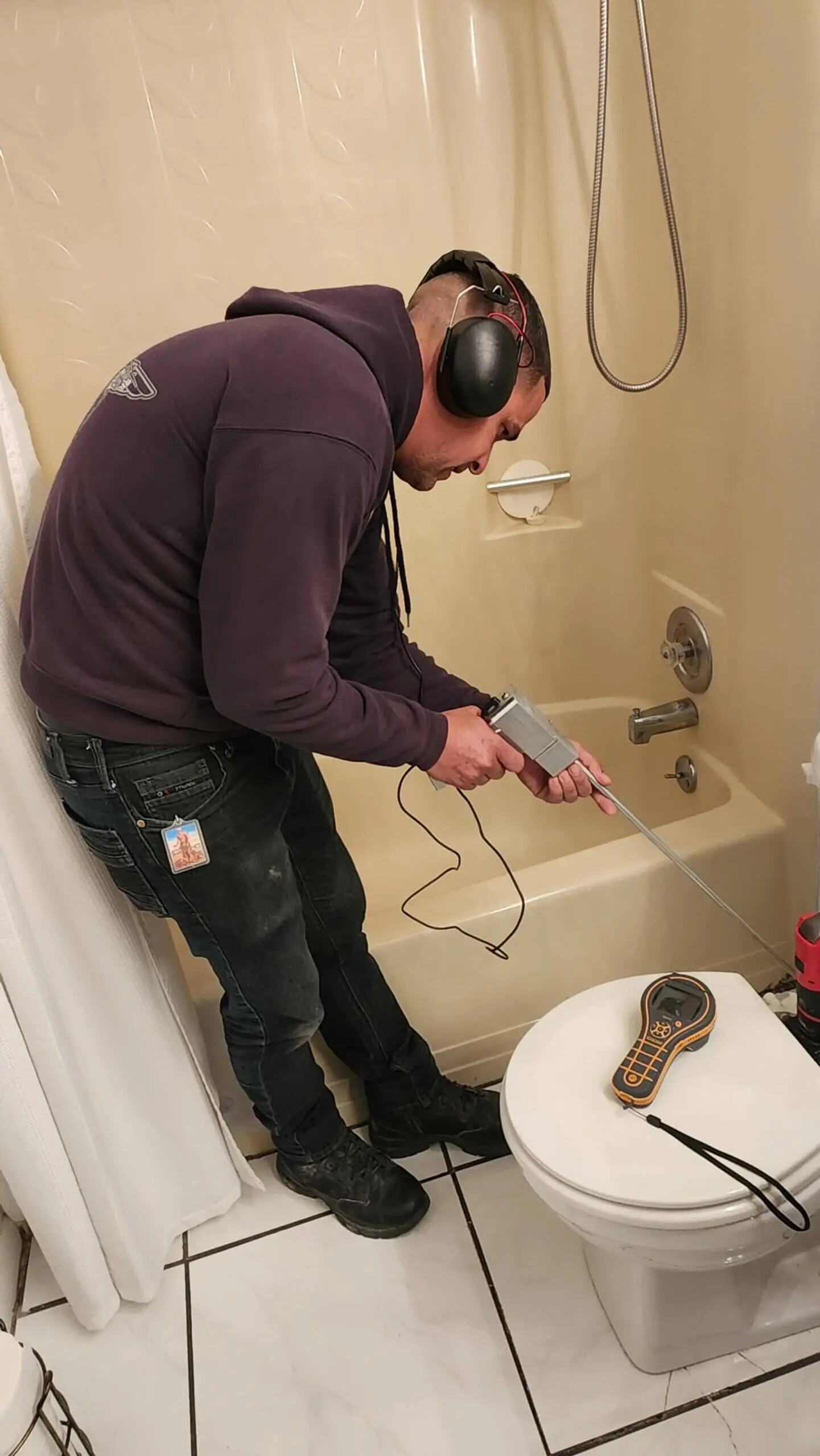How To Figure Out Where A Leak Is Coming From? Strategies and Costs for Locating Hidden Water Leaks in Your Home
Introduction
Water leaks can be a homeowner's nightmare. They often lurk silently, causing damage that can lead to costly repairs and even health issues due to mold growth. This comprehensive guide, Tracking Down Trouble: Strategies and Costs for Locating Hidden Water Leaks in Your Home, is designed to arm you with the knowledge and tools necessary to detect these hidden threats before they escalate.
Imagine waking up one morning to find your basement flooded or discovering stains on your ceiling that indicate water damage from an unseen leak. The stress of dealing with water leaks is real, but knowing how to identify and address them can save you time, money, and peace of mind. In this article, we will explore various strategies for locating hidden water leaks in your home, discuss the costs involved in leak detection services, and offer tips on choosing the right professionals for the job.
Why You Should Care About Water Leaks?
The Importance of Early Detection
Water leaks can start small but grow into significant problems if not addressed promptly. Early detection is crucial to minimizing damage.
- Structural Damage: Water can weaken your home's foundation over time.
- Mold Growth: Mold thrives in damp environments, which can lead to health issues.
- Increased Bills: A hidden leak can significantly raise your water bill.
Common Signs of Water Leaks
How do you know if you have a hidden leak? Here are some common indicators:
- Damp spots on walls or ceilings
- Unexplained increases in water bills
- Musty odors
- Peeling paint or wallpaper
The Risks of Ignoring Water Leaks
Ignoring the signs of a water leak can lead to extensive damage. It’s important to act promptly.
- Health risks from mold exposure
- High repair costs due to structural damage
- Decreased property value
Tracking Down Trouble: Strategies for Locating Hidden Water Leaks in Your Home
1. Visual Inspections
One of the simplest ways to catch a leak early is through regular visual inspections.
Where to Look
- Under sinks
- Around toilets
- Near appliances like dishwashers and washing machines
What to Look For
- Discoloration on surfaces
- Warping or buckling floorboards
- Wet spots on carpets
2. Listening for Leaks
Have you ever thought about just listening? Sometimes, all it takes is a keen ear.
Using Sound as an Indicator
A leaking pipe often makes a sound that could alert you:
- Dripping noises
- Hissing sounds from pipes
3. Monitoring Your Water Meter
Your water meter is another valuable tool in detecting leaks.
How To Use It
4. Using Dye Test Kits
Dye test kits are an effective DIY method for identifying toilet leaks.
How It Works
Simply add dye tablets into your toilet tank and wait:
- If the color appears in the bowl after some time without flushing, there’s a leak.
5. Professional Leak Detection Services
When DIY methods fall short, it’s time to call in the experts.
What Services Offer
Professional leak detection services utilize advanced technology:
- Infrared thermography detects temperature differences caused by moisture.
- Acoustic listening devices pick up sounds from leaking pipes.
6. Seeking "Leak Detection Near Me" Services
Are you looking for local help? Searching “leak detection near me” online connects you with professionals who specialize in this type of work.
What To Expect From Local Services
Local services usually offer:
Costs Associated with Leak Detection Services
Understanding costs can help you budget accordingly when dealing with potential leaks.
1. Average Costs for Professional Leak Detection Services
Leak detection costs vary widely based on several factors:

| Service Type | Average Cost | |-----------------------------|------------------| | Visual Inspection | $150 - $300 | | Acoustic Leak Detection | $200 - $500 | | Infrared Thermography | $300 - $700 |
2. Factors Influencing Costs
Several factors can affect how much you'll pay:
3. DIY vs Professional Costs
While DIY methods may seem more cost-effective initially, professional assessment often saves money long term by preventing extensive damages.
FAQs About Locating Hidden Water Leaks
1. How do I know if I have a hidden leak?
Check for damp spots on walls or ceilings, monitor unusual spikes in your water bill, or listen for dripping sounds.
2. Can I locate a leak myself?
Yes! You can conduct visual inspections or use dye test kits as initial steps before calling professionals if needed.
3. How much does professional leak detection typically cost?
Costs range from approximately $150 to $700 depending on service types and complexity.
4. What are common causes of hidden leaks?
Pipes may corrode over time or joints may fail—this leads to undetected water loss behind walls or under floors.
5. Can ignoring a small leak cause big problems?
Absolutely! Small leaks can lead to significant structural damage and https://tiptop-plumbing.com/pembroke-pines/ mold growth if left unaddressed long enough.
6. Is insurance likely to cover repairs related to hidden leaks?
This varies by policy; always check with your insurance provider about coverage specifics regarding plumbing issues.


Conclusion
Water leaks may be sneaky foes lurking within our homes but tracking them down doesn't have to be a daunting task! Armed with knowledge about early detection strategies discussed here in Tracking Down Trouble: Strategies and Costs for Locating Hidden Water Leaks in Your Home, you're better prepared than ever before should trouble arise!
Take action—whether through DIY methods like monitoring your meter or enlisting professional help via “leak detection near me” searches—before those pesky little drips turn into monumental headaches down the road! Remember: prevention is key; staying vigilant means less chance of facing costly repairs later on!